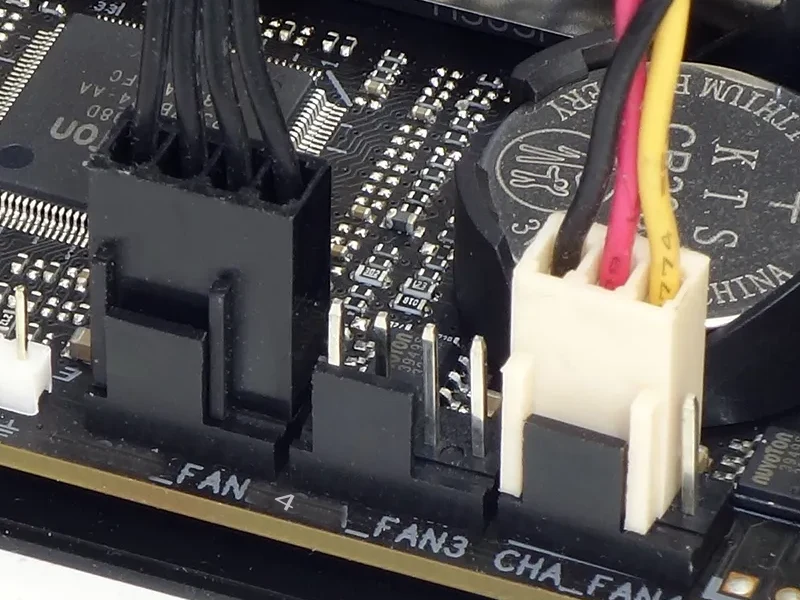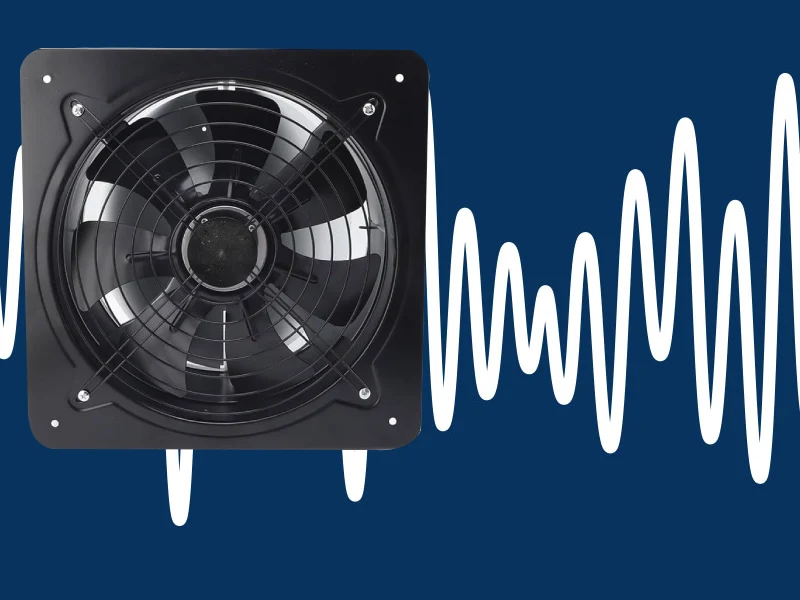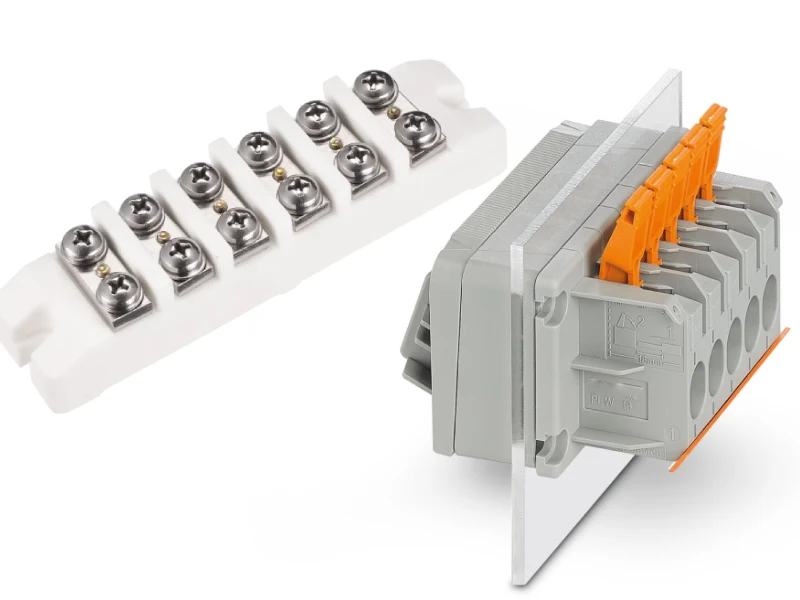Choosing the correct junction box dimensions is crucial for safe and efficient electrical installations. This guide will walk you through the essential steps of measuring and selecting the appropriate size for your specific needs. Understanding these dimensions ensures adequate space for wires, connections, and devices, preventing overcrowding and potential hazards.
Whether you’re a seasoned electrician or a DIY enthusiast, mastering junction box dimensions is fundamental. We’ll explore standard sizes, capacity considerations, and practical tips for accurate selection. By the end of this blog, you’ll confidently choose the right junction box dimensions for any project, ensuring code compliance and long-term reliability.
What Junction Box Dimensions Contain

Choosing the right junction box dimensions involves understanding several key factors that dictate its suitability for a specific electrical installation. These dimensions determine the box’s capacity, influence wiring ease, and ensure safety. Let’s delve into the essential elements that define a junction box’s dimensions.
Depth
The depth of a junction box is a crucial dimension, indicating the internal vertical space available. This measurement significantly impacts the number and size of wires the box can comfortably accommodate, along with any connectors or devices housed within. A sufficient depth prevents overcrowding, which can lead to damaged insulation, loose connections, and potential safety hazards. Deeper boxes are generally preferred for installations with numerous wires or larger wire gauges, ensuring ample space for proper wire management and heat dissipation.
Width and Length (or Diameter for Round Boxes)
For rectangular junction boxes, width and length define the horizontal internal space. These dimensions are particularly important when mounting devices like switches or outlets, as they must align with the device’s footprint. Sufficient width and length ensure a secure and flush fit for the device, preventing gaps or instability. In the case of round junction boxes, the diameter serves a similar purpose, providing the necessary circular area for mounting round fixtures or making wire connections.
Knockout Sizes and Locations
Knockouts are pre-scored or partially punched openings on the sides, top, bottom, or back of a junction box. Their sizes and locations are integral to the box’s dimensions and functionality. Knockout sizes must match the conduit or cable connectors being used to bring wires into the box, ensuring a secure and code-compliant entry point. The number and placement of knockouts influence wiring flexibility and the overall layout of the electrical system. Careful consideration of knockout requirements is essential for efficient installation.
Internal Volume
While not a direct linear measurement, the internal volume, often expressed in cubic inches, is a critical aspect of a junction box’s dimensions. This figure represents the total usable space inside the box and is directly influenced by its depth, width, and length (or diameter and depth for round boxes). The National Electrical Code (NEC) specifies fill capacities for junction boxes based on wire size and number. Understanding the internal volume ensures that the box can safely and legally contain the intended wiring without exceeding its capacity, preventing overheating and potential fire risks.
Here’s a table showing key aspects of junction box dimensions:
| Dimension | Description | Impact on Functionality | Considerations for Selection |
| Depth | Vertical internal space of the box. | Determines wire capacity, space for connectors/devices, and heat dissipation. | Number and size of wires, device depth, required bending radius, potential for overcrowding. |
| Width/Length (Rect.) | Horizontal internal space for rectangular boxes. | Ensures proper fit for mounted devices (switches, outlets). | Device dimensions, number of devices to be mounted in a single box (gang). |
| Diameter (Round) | Horizontal internal space for round junction boxes. | Provides mounting surface for round light fixtures and other circular devices. | Fixture canopy size, compatibility with mounting hardware. |
| Knockout Sizes | Diameter of the removable openings for conduit/cable entry. | Allows secure and code-compliant wiring entry into the box. | Size of conduit or cable connectors being used. |
| Knockout Locations | Placement of knockouts on the box’s sides, top, bottom, or back. | Influences wiring layout, ease of pulling wires, and conduit/cable routing. | Direction of incoming wires, proximity to other electrical components. |
| Internal Volume | Total usable space inside the box, typically measured in cubic inches. | Dictates the maximum number and size of wires permitted by the NEC. | Wire gauge, number of conductors, presence of devices within the box. |
Standard Electrical Junction Box Dimensions
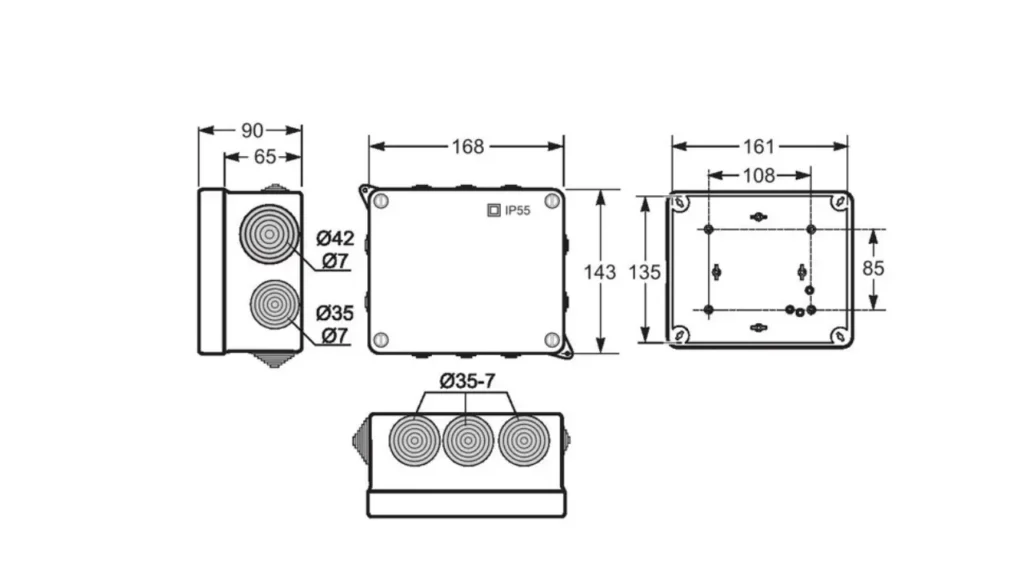
Understanding standard electrical junction box dimensions is crucial for selecting the appropriate enclosure for your wiring needs. These standard junction box sizes have evolved to accommodate common wiring practices and device installations. Let’s explore the typical dimensions you’ll encounter.
Standard Rectangular Box Dimensions
Rectangular boxes are the most common for single devices like switches and outlets. Standard single-gang rectangular boxes typically measure around 2 inches wide by 4 inches high, with depths varying from 1-1/2 inches to 3-1/2 inches. Double-gang boxes, designed for two devices, are generally about 3 to 4 inches wide and 3-1/4 to 3-3/4 inches high. Deeper boxes offer more internal volume for accommodating more wires or larger wire gauges.
Standard Square Box Dimensions
Square junction boxes, often referred to as “4-square” boxes, are another common type, providing a larger wiring capacity. The standard size is approximately 4 inches by 4 inches, with depths ranging from 1-1/4 inches to 2-1/8 inches. Their larger volume makes them suitable for multiple wire connections and can accommodate single devices using specialized covers. These are often used for pulling wires or for housing multiple splices.
Standard Round and Octagonal Box Dimensions
Round or octagonal boxes are typically used for ceiling or wall-mounted light fixtures. Common sizes are around 4 inches in diameter, with depths varying from 1-1/2 inches to 3 inches. Shallower “pancake” boxes are also available for situations with limited ceiling or wall cavity depth. These are designed to provide a secure mounting point for light fixtures, with the depth influencing the amount of wiring that can be contained within the canopy.
Considerations for Standard Knockout Sizes
Standard junction boxes come with pre-punched knockouts of various sizes to accommodate different conduit and cable connectors. Common knockout sizes include 1/2 inch, 3/4 inch, and 1 inch, with larger sizes available on larger boxes. The number and location of these knockouts are standardized to facilitate typical wiring configurations. When selecting a box, ensure it has the appropriate number and size of knockouts for your intended wiring methods.
Single Gang Junction Box Dimensions
A single gang junction box is primarily designed to accommodate a single electrical device, such as a light switch, electrical outlet, or a low-voltage connection. These are the most common type found in residential wiring. While exact dimensions can vary slightly between manufacturers and based on the material (plastic or metal), there are general standard sizes to be aware of.
Typically, a standard single gang rectangular junction box measures around 2 inches wide by 4 inches high. The depth is the most variable dimension, ranging from 1-1/2 inches to 3-1/2 inches. The depth you choose will depend on the number and size of wires you need to fit inside, as well as the specific requirements of the device being installed. Deeper boxes offer more cubic inches of internal space, allowing for more wiring and easier installation, especially when dealing with multiple conductors.
It’s important to consider the National Electrical Code (NEC) guidelines regarding box fill to ensure you select a box with sufficient internal volume for your wiring. Overcrowding can lead to unsafe conditions. Always check the specific dimensions and cubic inch capacity marked on the junction box to ensure it meets the needs of your installation.
How to Measure Junction Box Dimensions

Accurately measuring junction box dimensions is a fundamental step in selecting the correct enclosure for your electrical wiring needs. Whether you’re replacing an existing box or planning a new installation, precise measurements ensure the new box will properly accommodate the wiring, devices, and mounting requirements.
Here’s a step-by-step guide to measuring junction box dimensions effectively.
Step 1: Measure the Depth
The depth of the junction box refers to the vertical distance from the front opening to the back of the box. To measure the depth, place your measuring tape or ruler inside the box, extending from the lip of the opening down to the innermost point of the back. Ensure you are measuring straight down and not at an angle. This measurement is crucial for determining the internal volume of the box and the amount of wiring it can safely contain. Consider the depth of any devices or connectors that will be housed within the box when noting this dimension.
Step 2: Measure the Width and Length (for Rectangular Boxes)
For rectangular junction boxes, you’ll need to measure both the width and the length of the front opening. The width is the shorter horizontal dimension, while the length is the longer horizontal dimension. Place your measuring tape across the opening from one inner edge to the opposite inner edge for both measurements. These dimensions are critical for ensuring that devices like switches and outlets will fit correctly within the box opening and that the cover plate will align properly.
Step 3: Measure the Diameter (for Round or Octagonal Boxes)
If you are working with a round or octagonal junction box, you’ll measure the diameter. This is the distance across the circle or octagon at its widest point, passing through the center. Place your measuring tape from one inner edge, across the center, to the opposite inner edge. This measurement is essential for selecting the correct size of light fixtures or covers designed for round or octagonal boxes.
Step 4: Note the Knockout Sizes and Locations
While not a direct measurement of the box’s overall dimensions, it’s important to note the sizes and locations of the knockouts. Knockouts are the pre-scored circles or indentations that can be removed to create openings for wiring to enter the box. Examine each knockout and identify its diameter, typically marked on the knockout itself or measurable with calipers. Also, make a mental or written note of where these knockouts are located on the sides, top, bottom, or back of the box, as this will influence how you can route wiring into the enclosure.
How to Choose the Right Junction Box Dimensions

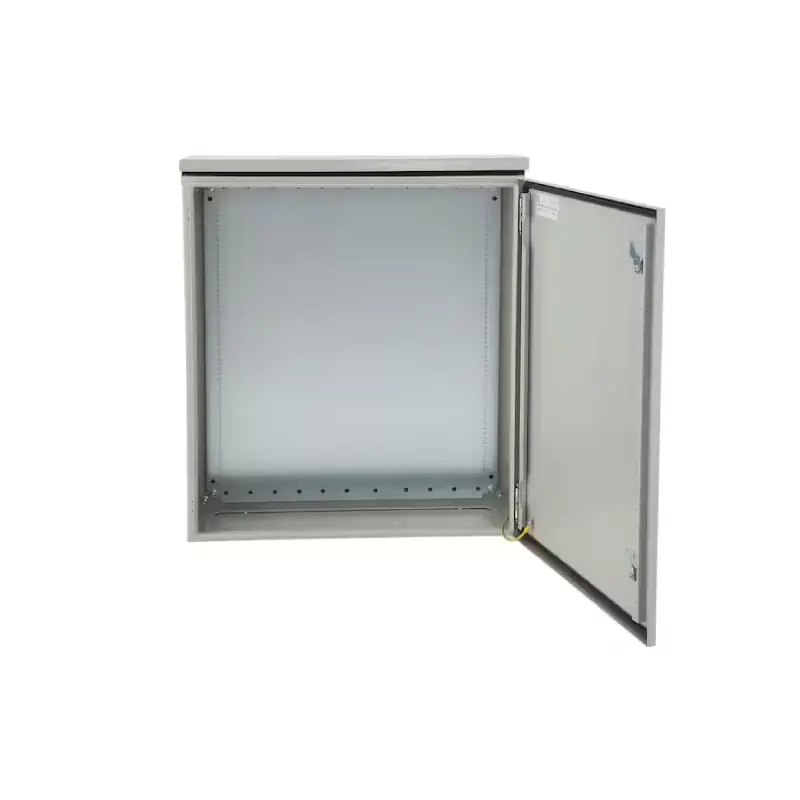
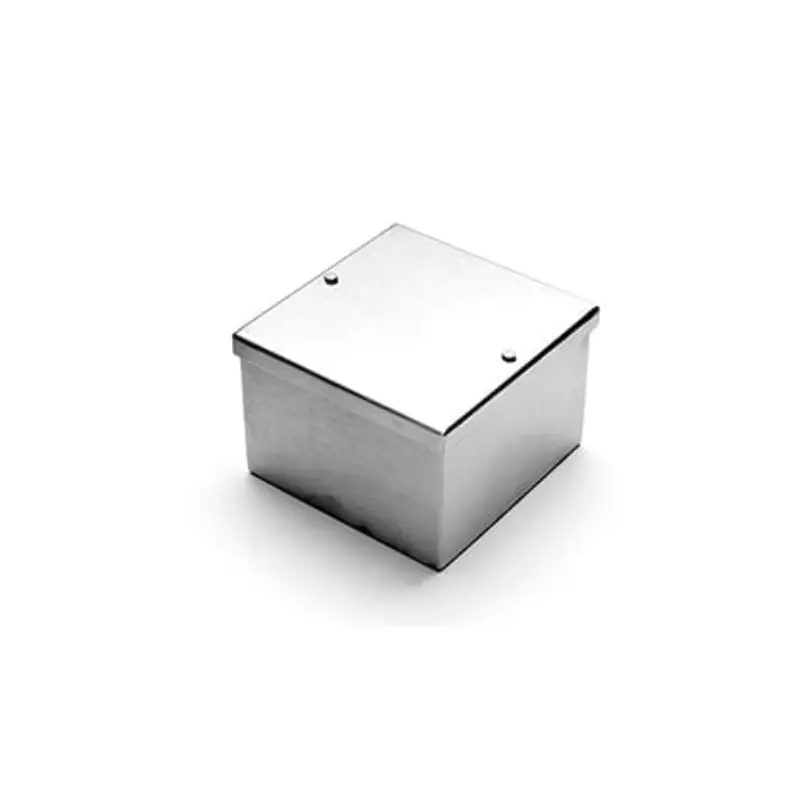
Selecting the correct junction box dimensions is a foundational step in any electrical project, directly impacting safety, functionality, and ease of installation. Choosing the wrong size can lead to overcrowded wiring, difficulty mounting devices, and potential code violations. By carefully considering several key factors, you can ensure you select the ideal junction box for your specific needs.
Let’s explore the essential aspects to guide your decision-making process.
Determine the Number and Size of Wires
The first critical step is to accurately determine the number and gauge (size) of all wires that will enter the junction box. Each conductor entering the box contributes to the required internal volume. Remember to include equipment grounding conductors as well. The National Electrical Code (NEC) provides specific fill calculations based on wire size and the number of conductors. Choosing a box with insufficient volume can lead to overheating and unsafe conditions. Always err on the side of slightly larger if unsure.
Consider the Devices to be Installed
If the junction box will house electrical devices such as switches, outlets, or dimmers, their physical dimensions must be taken into account. Deeper boxes are often necessary to accommodate the depth of these devices and their associated wiring. For multi-gang installations, ensure the box is wide enough to comfortably fit all the intended devices without overcrowding. The mounting requirements of the device will also influence the box type (rectangular, square, round).
Account for Future Expansion
Think ahead about potential future modifications or additions to the electrical system. Selecting a slightly larger junction box than currently needed can provide valuable extra space for future wiring. This foresight can save significant time and effort if you later need to add circuits or devices in the same location. Planning for future needs is a hallmark of good electrical practice and can enhance the long-term usability of your installation.
Evaluate the Mounting Location and Method
The location where the junction box will be installed and the method of mounting will also influence the appropriate dimensions. For example, shallow wall cavities may necessitate thinner boxes. Surface-mounted applications might benefit from specific box styles with integrated mounting flanges. Consider the available space and the structural requirements of the mounting surface to ensure the chosen box size and type are compatible with the installation environment.
Check National Electrical Code (NEC) Requirements
Finally, always consult the National Electrical Code (NEC) or your local electrical codes for specific junction box sizing and fill capacities requirements. These codes are in place to ensure electrical safety and proper installation practices. Understanding and adhering to these regulations is paramount. Local amendments to the NEC may also exist, so it’s crucial to be aware of the specific rules in your jurisdiction.
Conclusion
In conclusion, accurately measuring and selecting the correct junction box dimensions is paramount for safe and efficient electrical installations. Understanding the number and size of wires, devices, and future expansion needs ensures a proper fit, prevents overcrowding, and facilitates code compliance. Taking the time for precise measurement avoids costly rework and potential hazards.
Choosing the right dimensions not only guarantees safety but also contributes to a more organized and professional wiring system. The appropriate size allows for proper wire management, reduces strain on connections, and simplifies maintenance. By carefully considering your specific requirements, you can ensure a reliable and long-lasting electrical setup.
For projects demanding tailored solutions, we offer custom electronic junction boxes built to your exact specifications. Our expertise in design and manufacturing ensures you receive high-quality enclosures that meet your unique dimensional and functional needs. Contact us today to discuss your custom junction box requirements.

